The Governance Model designed specifically for corporates that need to achieve more, faster.
Spar•tan (adjective)
/ˈspɑːtən/
An approach that focuses on the essential – empowering individuals to unleash their strengths and allowing teams to make outsize achievements.
Become an Emergent Organisation
Initial conditions matter. That’s why an Emergent Organisation creates the conditions for their teams to achieve remarkable results in realms of high uncertainty. This isn’t an aspiration for a team to work toward – it must be built into the very power structures that control day-to-day behaviours.
One single, clear goal at a time
Too many projects are killed by conflicting stakeholder’s definition of success demanding constant progress – a recipe for chaos. The Spartan Method requires addressing a single goal at a time, before moving to the next, ensuring tangible progress with every cycle.
Define the minimum number of key roles (and kill the go betweens)
A single person in the business becomes the authority on the goal and definitions of success, while specific real-users of the software are named up front. The Spartan Method does away with pass-the-parcel on requirements, which notoriously leads to mis-interpretation as key people disappear long before success is reached.
Hire cross-functional people
There’s an exponential correlation between team size and complexity (also known as chaos). The Spartan Method emphasises individuals equipped with a combination of technical skills, design skills and the ability to interact meaningfully with the real end-users.
Fractal structures made of tiny teams that own their outcomes.
The optimal team is two “cross-stack” developers and one “wrangler. They own the product until they’ve reached their goal.
Case Study
National Utilities Company
A major Australian utilities company needed to find substantial efficiencies amongst their field forces. After spending months working on a traditional scoping document, a team was formed to focus singularly on efficiency using the Catalyst Method. The team rolled out a scheduling collaboration tool that saved over $10M pa in field force efficiency and cost $2 million less than the original budget. The work and process has attracted international acclaim from companies like BCG.
Use Radical Cloud
Solution Architecture has held on long past its use-by date. With modern serverless technologies (sometimes called platform technologies), the effort and time needed to go live has been radically reduced.
Use a standard tech stack
Builders don’t redesign hammers, scaffolding or utes every time they start on a new building. Developers needn’t start from scratch either. Use a standard tech stack that works in your organisation and stick to it.
Avoid documentation up front
Documentation should exist as part of the code base only. In this way it reflects what actually works and saves developers thousands of wasted hours.
Test benefits at unsupportable costs
In the early stages, it’s well worth doing things that don’t scale when they bring clarity on what will actually achieve the goal. Workarounds or behind-the-scenes human simulations can take projects in leaps and bounds toward their goal before making huge technical commitments.
Case Study
Major University
A team using a standard Radical Cloud tech stack delivered savings of over $20 million per annum across 35 cloud-based solutions for students, educators, parents and agents at a major University. The pharmacy learning solution that the team built has received international acclaim and has been offered to other Universities around the world.
Operate With Catalytic Cycles
The operational cadence driving daily progress.
Define projects by outcomes (not scope)
A project should be defined in terms of problems to solve, outcomes to achieve, and benefits for users. Detailed scopes of time and materials are too often a distraction from defining the business benefit.
Release at the start, not the end of a project
A first release with pilot users should be possible in mere days, as a big step toward achieving the outcome. This means building a simple version of core capabilities for the pilot users before moving on toward enhancements.
Build just enough, just in time for just the right people
Scale the user-base as you solve their needs. Solve for a handful of core users, then add more users, before finally addressing all the complex needs of teams across the business.
Kanban like a samurai
True Kanban means simplifying, splitting and deleting ruthlessly. Build and test feature-by-feature and avoid dependencies, or resolve them before each delivery phase starts.
Case Study
Major Media Conglomerate
A team of just 6 people saved a Major Media Conglomerate over $20M pa in a ground-up reengineering of their customer service platform. The team made a first-release to call centre users in the first month, and continued delivering weekly releases over the next year until the entire organisation and all customers had adopted the platform.
Train and Demonstrate Spartan Leadership
The behaviours and leadership skills that make better results possible.
Managers’ roles are to accelerate, not control
The role of managers at each level is to find ways to accelerate the progress of the teams that are achieving the outcomes. This means building on the teams’ capabilities and setting expectations with internal stakeholders that are used to waterfall development.
Tiny teams should lead themselves
While it’s tempting to nominate a single person in each team as a leader, teams that take collective ownership of their outcomes achieve more, faster.
Meeting-less
For a solutions team, there’s nothing more motivating than making a release on Friday or smashing out some code on Monday morning. Avoid the traditional team calls with 30 people at key moments – let momentum naturally accelerate.
Ready to bring the Spartan Method to your organisation?
We can help. Get in touch to explore an implementation plan that works for your organisation.

